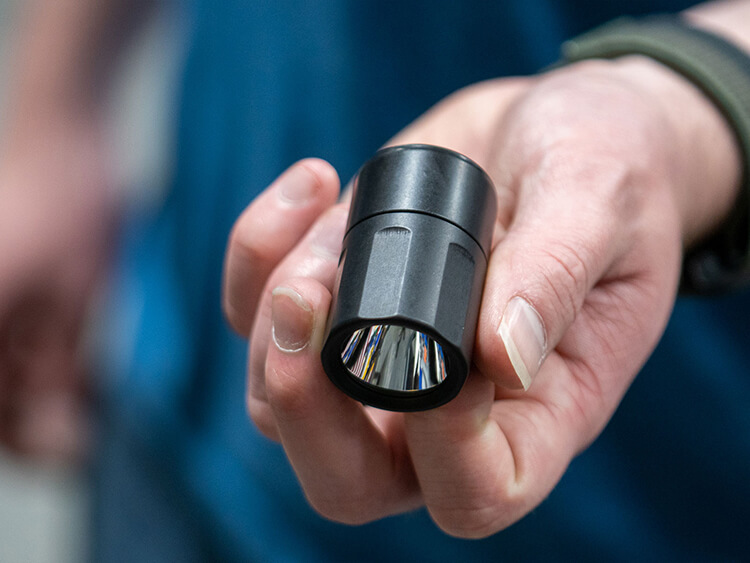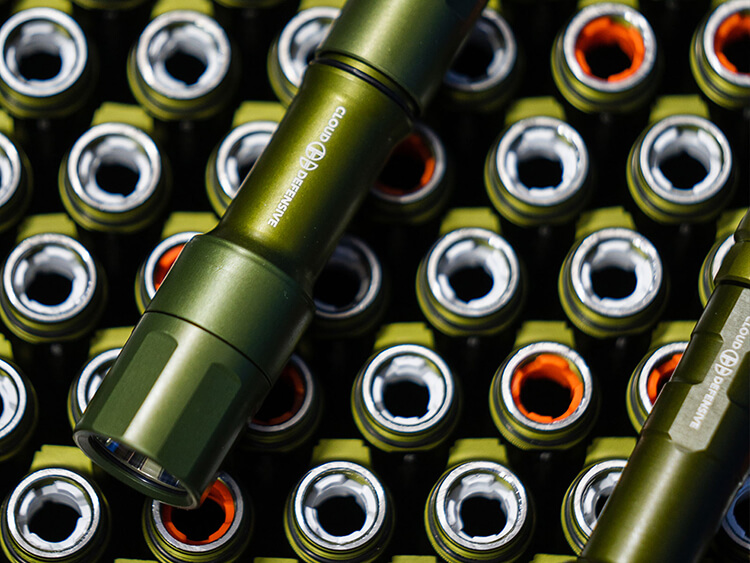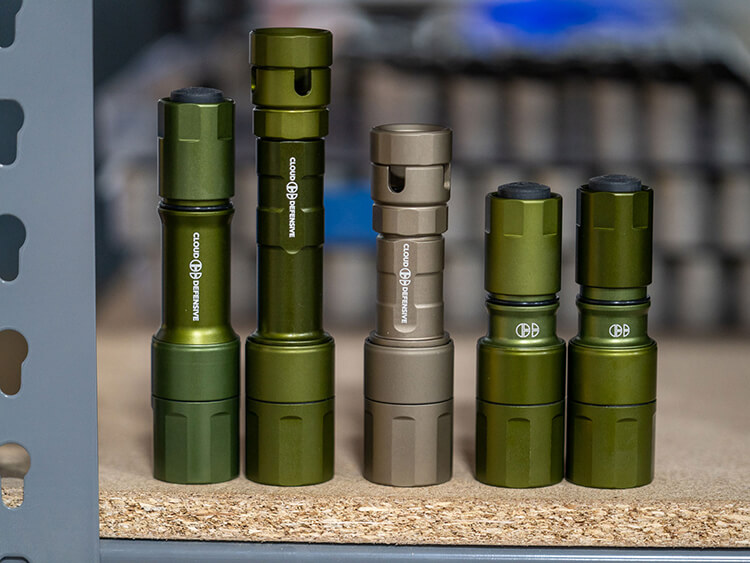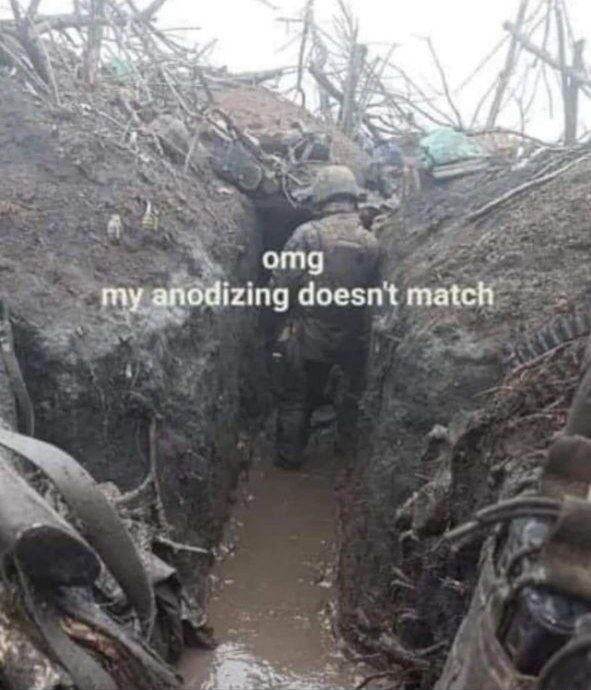
Anodizing FAQ
SIGN UP FOR OUR NEWSLETTER HERE
Anodizing Shade Variations
Anodizing Variation Warning
Anodizing is an industry-standard process that provides the maximal level of hardness, corrosion and abrasion resistance to a piece of aluminum. It also gives a nice aesthetic look to the finished product. As most of us know, aluminum can be anodized in many different colors.
Anodizing is an electrochemical plating process. That means it’s not a coating but rather a process that alters the surface of the metal and as such, it’s dependent on the makeup of the metal for the sake of visual consistency.
Anodizing is accomplished by immersing the aluminum into an acid electrolyte bath and passing an electric current through the medium. A cathode is mounted to the inside of the anodizing tank; the aluminum acts as an anode, so that oxygen ions are released from the electrolyte to combine with the aluminum atoms at the surface of the part being anodized.
During this process, dye is used in the anodizing tanks to achieve coloration. However, there are metallurgical forces at play here as well. As you may or may not know, billet and extruded aluminum are not pure aluminum, but rather alloys. These alloys have ever-so-slightly different metallurgical makeups with different elements. They vary manufacturer to manufacturer but also batch to batch within a given manufacturer. And once the metal gets to the anodizing facility a huge host of variables are put into play there as well.
To sum this up, think of it this way: The aluminum itself can vary at the molecular level from the manufacturer. This is a variable that impacts the color and moreover, the consistency of the color part to part. The anodizing company also has variables ranging from tank size, to etch time, to temperature, electricity, racking, dye concentration and more. Those variables greatly impact the color as well. All these elements come together. The totality of the situation is a substantial challenge when you try to replicate a certain color such as Flat Dark Earth or OD Green, for example.
The only option for Cloud and basically everybody else, is to have what is known as an acceptable “boundary”. Essentially the “lightest and darkest” color variants within a color family. The tighter the boundary, the more units we lose in processing. The looser the boundary, the more units make it through process but the greater the color variance. So, we hold tight tolerances and tight boundaries. We accept large losses in processing (hence the Moonshine units). But we have to set a boundary any way you view it. And we do so with you, the customer, in mind. And there absolutely is a little bit of variance.
Below we will show you different variations that are possible with anodized parts. We will also attempt to show the variation of color by simply changing the type of lighting that you may be in.
In closing, the final product that you receive, might vary slightly from the images on our website. Since there are constant variations that are always revolving, it is not practical to have a 100% consistent anodized part. We do strive to get as close as possible to that 100% mark, but there might be some variations that are seen at a level we have determined to be acceptable and within our aesthetic boundary.





